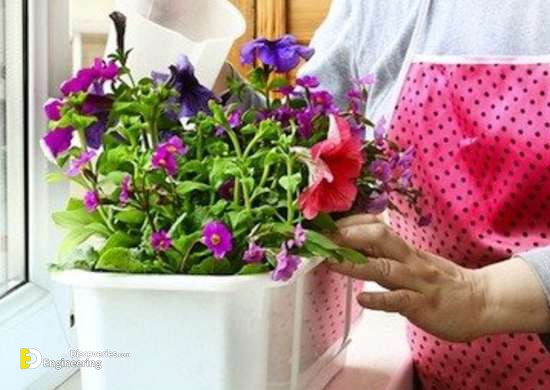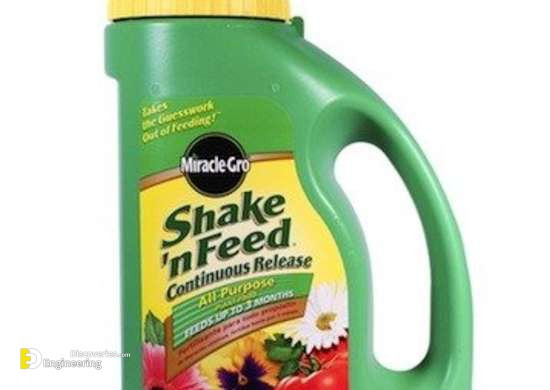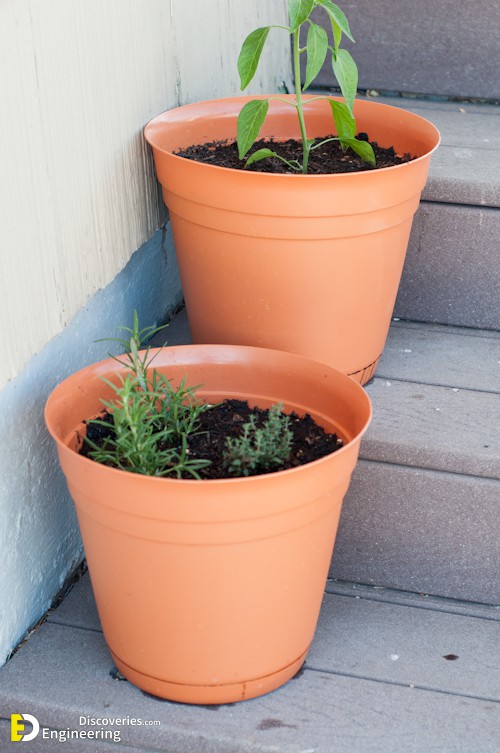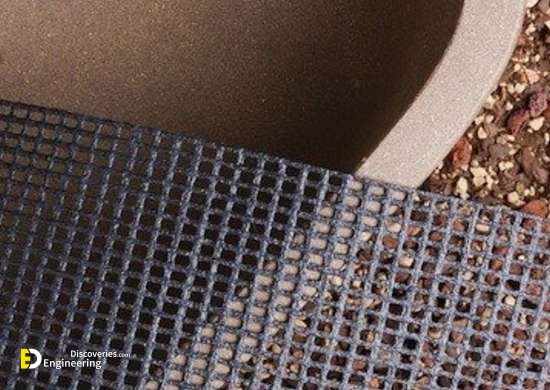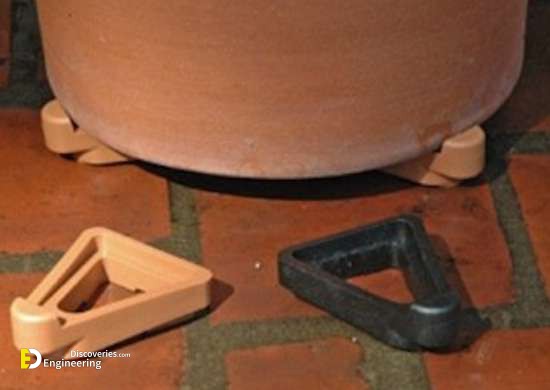When she’s not imparting advice in her role as an About.com guide, and on the days she takes off from photographing New England gardens (for a forthcoming book from Timber Press), you’re likely to find Kerry Michaels tending to the nearly 100 potted plants …
1. Water Properly
“It still surprises me how much water is needed to get to the roots of a plant in a good-sized container,” says Michaels. Don’t just wet the top of the soil, she advises. Rather, continue until you see water dripping out from the holes at the bottom of the pot.
2. Supplement Nutrients
“There are no nutrients in most potting soils, and even those that have some will need to be supplemented throughout the growing season,” Michaels says. Check your bag: If your potting soil doesn’t contain nutrients, then augment it with slow-release fertilizer every couple of weeks.
3. Pay Attention to Pot Size
Pots that are too tiny can be a problem for container gardeners, Michaels reports. “Small pots mean less soil, and less soil means that there isn’t much margin for error when watering, because the pots dry out so fast,” she says.
4. Add Some Holes
If your container is skimpy on drainage, don’t be afraid to make a few extra holes in the bottom. For ceramic pots, use a drill with a special bit and always wear your safety goggles—these pots can crack. Also, be careful that the pot and bit do not overheat. Switch to a regular bit for plastic pots. For a metal container, hammer and nail do the trick.
5. Skip the Gravel
“It’s a myth that stones or shells at the bottom of a container help keep your plants from getting waterlogged,” Michaels reveals. If you’re concerned about escaping through the drainage hole on the bottom, line the base of the pot with window screening, a coffee filter, or a paper towel before adding soil.
6. Elevate Pots
“When containers sit flat on nonporous surfaces, drainage can be affected,” says Michaels. To the degree possible, try to promote the free circulation of air beneath a container. You can do so by raising the container aloft, supporting it from below with strategically positioned teacups, shot glasses, or small terra cotta pots.


